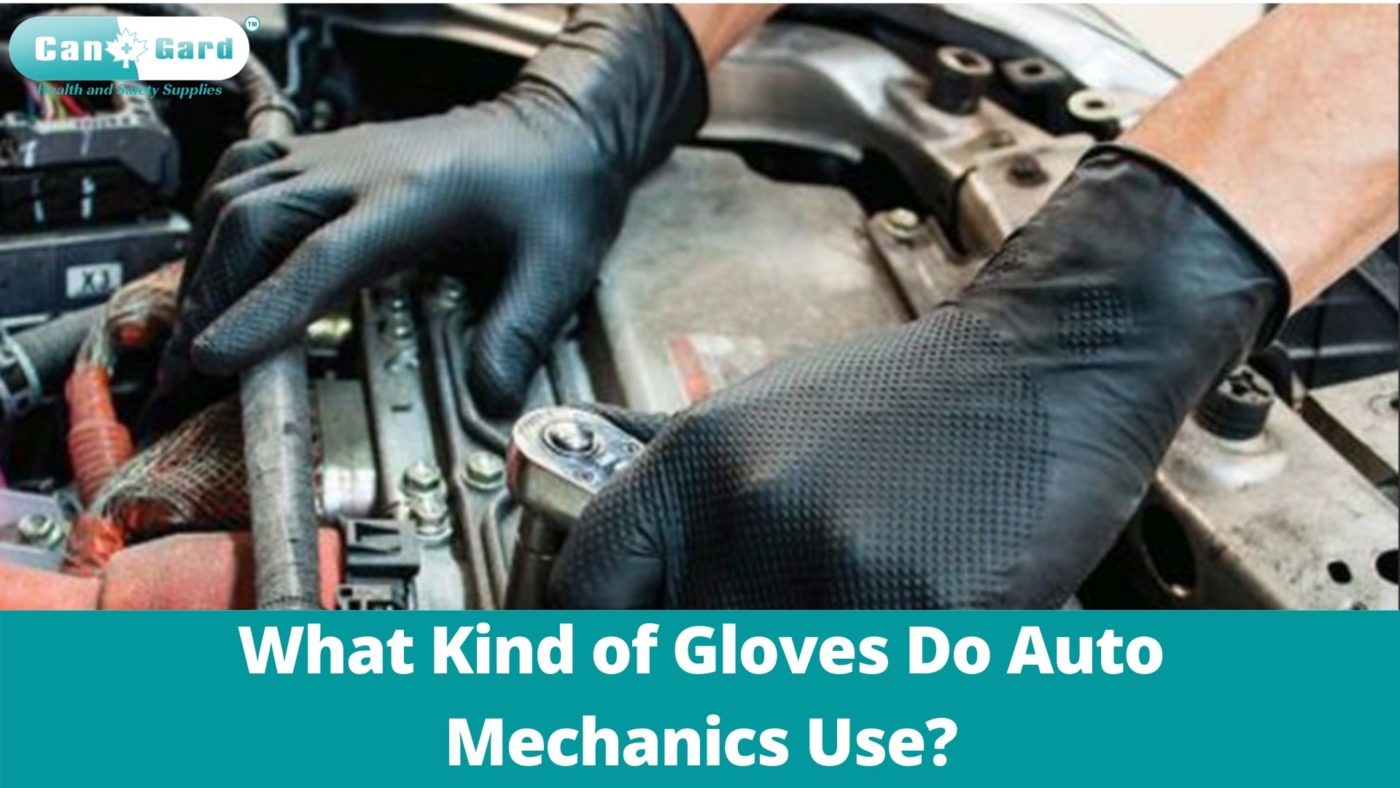Gloves
What Kind of Gloves Do Auto Mechanics Use?
When you think of a mechanic, what’s the first thing that comes to mind?
The smell of oil and gasoline?
The sound of an engine being repaired?
What about the look of gloves on their hands or safety goggles perched atop their head?
Auto mechanics are often seen wearing these items for a good reason. For one, they protect them from cuts, burns, abrasions, and other injuries while working with sharp objects like razors or pieces of metal. They also shield their eyes from harmful chemicals in some cases. Knowing what kind of gloves auto mechanics use is essential because it can help you avoid injury during your next car repair appointment!
What are mechanics gloves?
Mechanics gloves are a safety glove that protects the hands and fingers from cuts, burns, abrasions, or other injuries. They often cover the thumb and forefinger in addition to all four fingers on each hand.
The two most popular mechanics gloves are nitrile rubber (or vinyl) and cotton canvas fabric with latex coating. Nitrile rubber is more durable than cotton but can be stiffer while working inside tight spaces like underneath an engine block. Cotton may stretch easier when you need to reach farther into small spaces, which could give it an edge over nitrile rubber if space isn’t as big of an issue.
What gloves do auto mechanics use?
Are nitrile gloves the best type of gloves for mechanics?
Nitrile rubber is more durable than cotton but can be stiffer while working inside tight spaces like underneath an engine block. Cotton may stretch easier when you need to reach farther into small spaces, which could give it an edge over nitrile rubber if space isn’t as big of an issue.
What are the best gloves for a mechanic?
The best glove for a mechanic is the gloves that work best for them. What may work best for a mechanic is nitrile rubber over cotton because of its durability, even though it can be stiffer and less stretchy in tight spaces.
Most mechanics will have their preference, so it’s hard to say which type they prefer when all factors are considered equally.
It ultimately comes down to personal preference, but one thing many auto mechanics agree on is that using safety gloves like these improves protection from things such as oil or grease, heat, sharp edges, chemicals found inside vehicles, and other hazards associated with fixing cars.
Nitrile rubber is also durable, making it a good choice for someone who does heavy duty jobs regularly or needs increased grip strength like working under an engine.
Why do mechanics wear latex gloves?
Mechanics wear latex gloves to protect themselves from what they work on.
It also protects the car owner’s possessions inside their vehicle. It prevents grease and other substances found at a mechanic shop from being transferred onto something else that may get touched by someone who isn’t wearing gloves.
Safety is paramount for an auto mechanic, so it’s not uncommon to see them using safety glasses or goggles while working around gas and oil spills to avoid taking these substances into their eye accidentally.
Some mechanics will wear cotton or vinyl gloves which are good choices if you need dexterity. Still, latex is better when grip strength needs to be improved, like under the hood of your vehicle, because latex provides more friction against metal surfaces than most fabrics do.
What are the best disposable gloves for mechanics?
Mechanics, like many workers in the field of automotive repair and maintenance, need to wear gloves. These gloves are essential for their safety because they can protect against harsh chemicals that might otherwise cause damage to the skin or even lead to long-term health effects such as cancer from exposure.
The best disposable gloves for mechanics will include a combination of latex and nitrile rubber. Still, it’s worth noting that some people may have an allergy to natural latex, so these professionals should be sure not only which is safest on them but also consider whether there are any allergies among co-workers who would operate alongside them each day at work where these materials could come into contact with one another.
Why do mechanics use black gloves?
The color most mechanics use is commonly black because it will protect the mechanic’s hands and skin from harmful chemicals and also provide a way to wipe off any grime or fluids that might otherwise get on their fingers.
The best disposable gloves for mechanics come in different colors. Still, they need to know if there are specific requirements by law about what color should be used and whether co-workers may have allergies or sensitivities to certain materials such as latex rubber, which can lead to irritation of the skin if exposed too frequently over time.
Safety gear is an essential part of where auto professionals work each day. Knowing when they must wear these items versus when safety equipment needs cleaning up after use makes a huge difference for everyone involved with this type of occupation.
Why Some Mechanics Use Cotton Cloths Instead of Disposable Gloves?
The reason is that they are cheap and easy to find when compared to gloves. They also often do not cause allergic reactions in the wearer or irritate their skin too much after continual exposure over time like latex rubber does for some people who frequently work with these types of materials.
However, it can be difficult at times to get a tight grip on something greasy or oily since there’s nothing between your hands and what you’re trying to manipulate other than the fabric itself. This means more risk of slipping and dropping an object, resulting in costly damage if dropped while operating large machinery such as car lifts where heavy items may fall from high heights without warning.
Knowing what mechanic gloves to use can help you avoid mistakes and potential accidents, so it’s essential to be knowledgeable about the different types of gloves out there for various purposes.
Frequently Asked Questions:
What do mechanic gloves look like?
Different sets of mechanic gloves have various designs, but most are made with leather or canvas material on one side for gripping things tightly while protecting your skin from oil or grease. They also often include metal mesh over the fingertips and palms to increase safety by preventing finger injuries due to sharp objects getting caught inside and keeping hands away from moving parts where they could get crushed if something went wrong.

